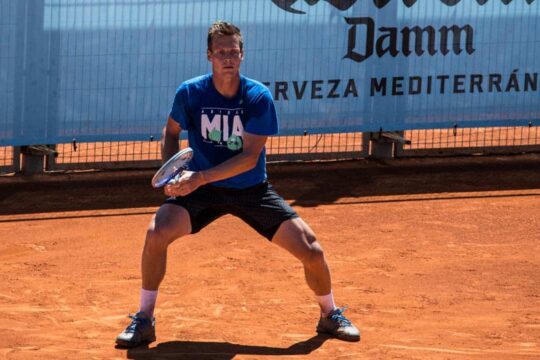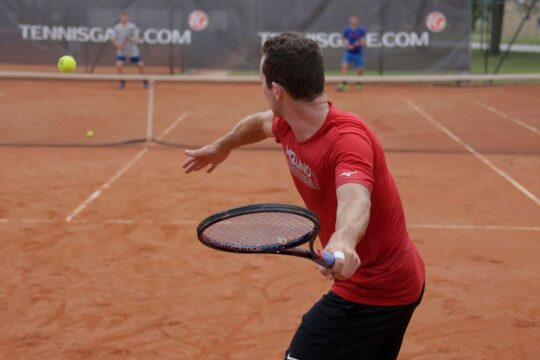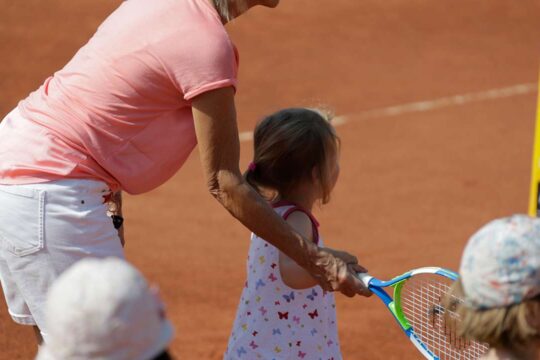On Feeding
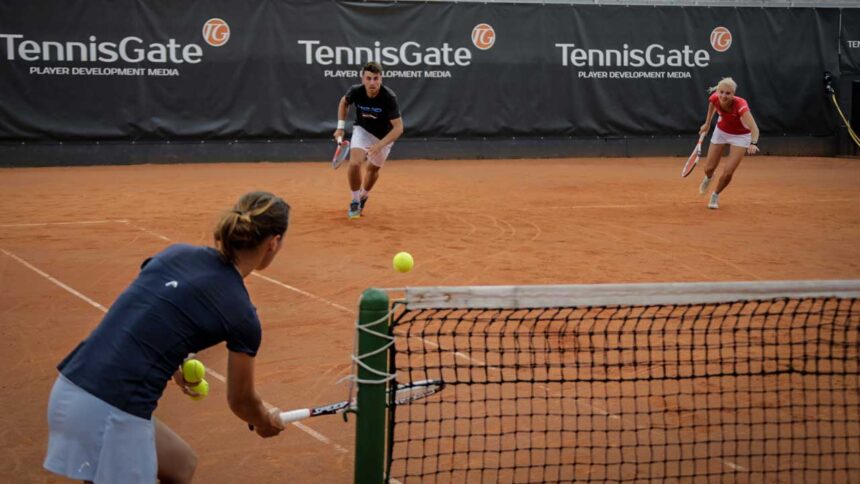
Feeding drills are the simplest drills in tennis – the coach feeds a ball and the player hits it.
A few years back feeding drills came under attack as the industry shifted to a more tactical-based approach in which players learn to play tennis by playing with each other. The goal was to make learning more dynamic, fun and closer to the reality of the game.
Although I totally agree with the benefits of using a games based approach, feeding drills can be very effective to address certain aspect of the game as long as you follow these simple guidelines:
Feed every type of ball that a player will encounter during a match and work on the technical skills needed to return the feed effectively (topspin, slice, high, low, fast, slow, deep short, etc.). Make sure the players can hit all types of groundstrokes and types of volleys (high, low, fast slow, topspin, flat, slice, etc.)
Force the players to move as if they were in a live ball situation. The movement cycle (split step, adjustment steps and recovery steps) should be part of all drills.
Feed randomly after a while, even when working on a specific stroke. Do not feed to the same side at the same speed for too long. As soon as the player starts to get into a groove, vary your feeds.
Use targets as much as possible. Area targets like three by three feet targets are better than object targets (example: a cone) since the players will experience success more often.
Feed as closely as possible to the type of balls that the player will experience during a match. Do not make the mistake of feeding advanced players very easy shots, unless they are making a major change in their technique or working on putting the ball away.
Make sure all players on the court are active during these drills. Do not have the players wait in line for too long.
Try to include a tactical component in every drill whenever you can. For example:
Explain to the player when and where he is supposed to hit the shot that he is practicing during match play.
Use a combination of feeds that mirror what the player will encounter during a point such as: a high lob after a shoulder level mid-court shot or a passing shot after an approach shot.
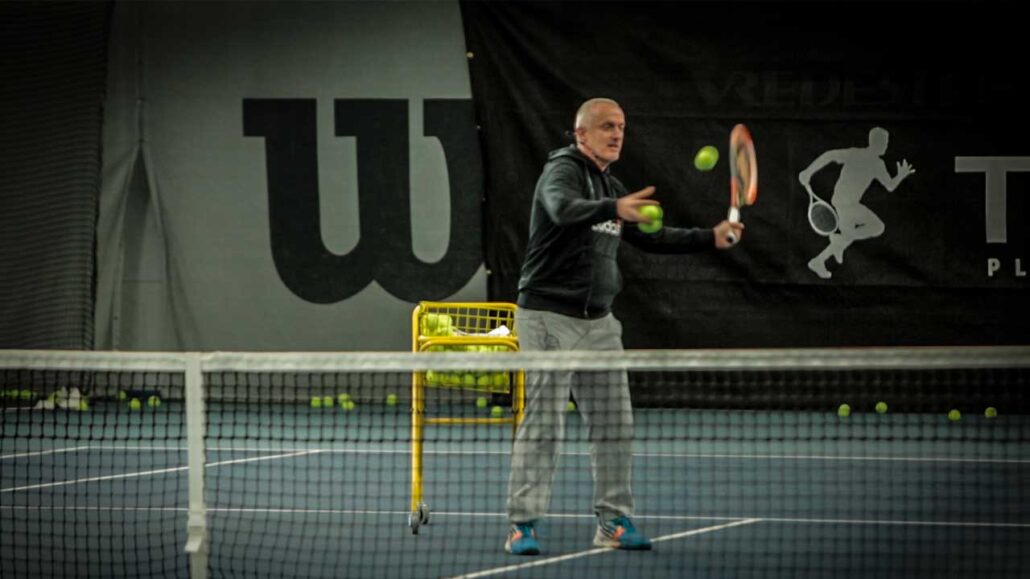
Feed from different parts of the court to change the characteristics of the incoming ball. Feed from anywhere on the court. Use your racquet when feeding from far away and use your hand to toss to a player standing close to you. Tossing balls with the hand can be very effective, even with advanced players because it allows you to have total control of the ball and the frequency of the feeds. It also forces the players to generate their own speed.
In addition to technical work, use Feeding drills to work on footwork and general on court movement.
When used in moderations feeding drills can be a great supplement to a well-designed training program. When used in excess, feeding drills will prevent the player from developing good movement and anticipation habits and will hinder the player’s tactical ability. Use feeding drills for specific technical and footwork problems but design your practices around life ball drills and point play.
Edgar Giffenig

